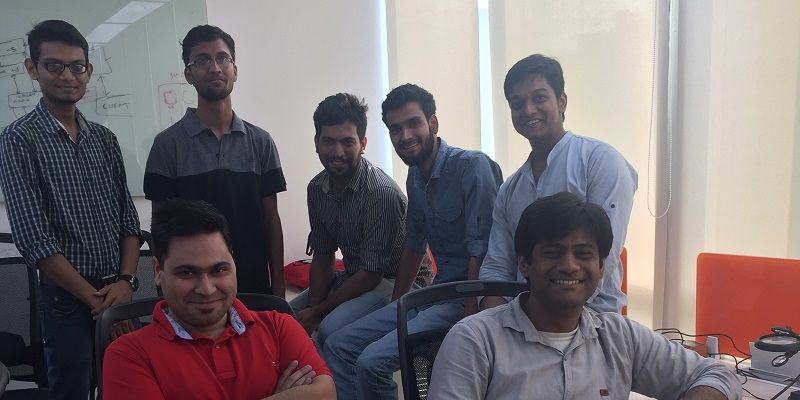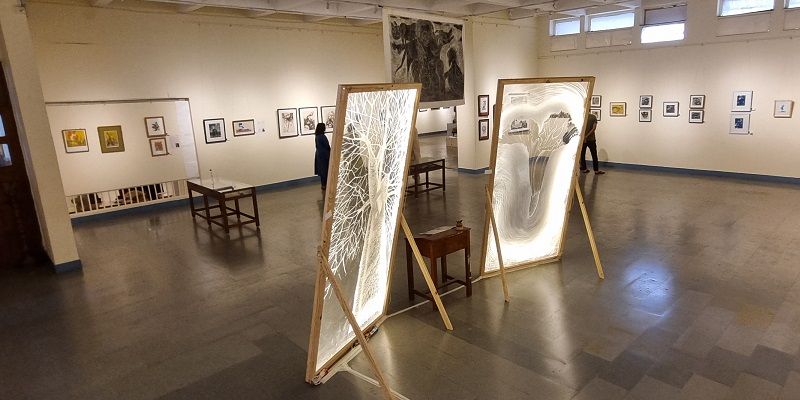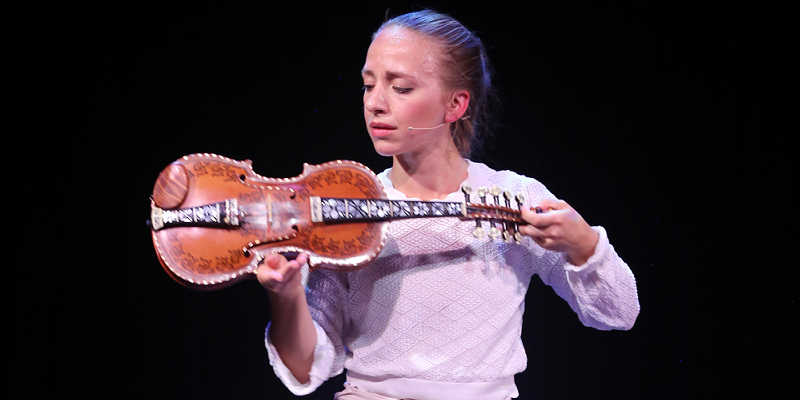Delhi-based Curie Labs is using AI to make our cities more energy efficient
Curie Labs, an energy analytics startup, uses sensors, cloud computation, controllers and AI to cut power consumption in large facilities by 25 percent.
Last Diwali, Saurabh Vij and Abhinav Saksena were appalled to see the levels of pollution recorded in Delhi and the country at large. The duo are friends from IIT Delhi. Abhinav comes from a core technical background while Saurabh had earlier founded a startup GTI Labs.
Discussing the pollution problem, they soon realised that one unit of power consumption leads to close to 0.5 kilogram of carbon emissions. They soon figured out that buildings consume and waste most of the power consumed.
Coming up with the idea
“We started engaging with mall owners and commercial office building managers to understand the real source of wastage of power. To our surprise, there were a lot of areas/scope for massive improvements. It was our eureka moment; we realised that this problem can easily be tackled by leveraging the power of sensors and AI,” Saurabh explains.

Their research gave birth to Curie Labs, an energy analytics startup that uses IoT and AI to help malls, hospitals, hotels and larger buildings save up to 25 percent power per month.
Saurabh’s earlier startup experience had taught him that one of the most important things is understanding the market. They began by studying the market, the needs and problems before writing a single line of code.
“This approach saved us a lot of time and resources, and helped us understand the real problems in this industry. Based on this understanding, we started building our product, which is a powerful combination of IOT, AI and Blockchain,” Saurabh says.
Putting the puzzle together
The idea was to be able to predict the power demand and find co-relations between power consumption and other important parameters like humidity, pressure, occupants and temperatures. The Curie Labs product works with a combination of things such as sensors, cloud computation, controllers and AI.
CURIE comprises a mesh of sensors attached at different places communicating OTA connected via Internet. A central server, called 3CTS (Centrally Controlled Curie Transit System), is where all the data from the sensors is stored OTA. It can be accessed easily and analysed.
Using AI, the team extracts important insights from this data – scheduling HVAC (heat, ventilation and air conditioning), controlling air flows and motor speed.
“Based on the insights, we automate the HVAC system in the most optimised manner to get a close approximation of 25 percent optimisation,” Saurabh adds.
The task, however, had several challenges. Hardware is capital intensive, so the team initially decided to offer small-scale trials to validate their product. This was also essential as most established clients and players don’t easily trust a new product and prefer to go with an established brand.
Working around the challenges
The way the team could work around this was by building a financing model in a customer-friendly way, which would make it easier to approach clients. The team also worked on streamlining supply chain with various methods and experimentation.
Curie Labs has grown from a two-people company to 10 full-time employees with expertise at each level.
“We started with a basic analytics model without much data; now we have data from multiple clients and a deeper understanding of the big systems involved. At product level, we have been able to finish our tech stack and are now evolving the AI system. It is becoming more accurate as we are constantly feeding it more data,” Saurabh says.
The team also faced challenges as a lot of clients were initially unable to see the importance of this kind of intelligence. “That was till we gave them trials to help them understand how they could use our product to drastically reduce power consumption,” the founders say.
The IoT space in India
Since 2014, there has been a slew of large corporates like Intel, Cisco, Qualcomm and Samsung, who have invested time, talent and money in the Indian IoT space. Considering the rising talent and cost advantage, India has great potential in the IoT space.
Whether it is wearables in the wellness and health sector, home solutions or transportation, IoT is making its presence felt across the country.
A study by research firm IDC estimates that by 2020 there will be over 28 billion objects with data exchange capabilities.
Another startup in this space is Blume Ventures-backed Zenatix Solutions, which offers an automated energy monitoring and control product. Curie Labs, however, believes that their key differentiator is the added real-time intelligence.
Currently, the team’s business model is a combination of initial cap-ex for the hardware and a SAAS subscription for the analytics and automation service.
The team recently raised $50,000 from Satoshi Studios, IoT and Blockchain incubator from Gurgaon. In the next 15 months, the team is looking to build the consumer-facing product, and look at validation across different market segments.
“The long-term vision for Curie Labs is to ultimately deliver clean and cheap nuclear fusion energy to the world. We want India to become an energy supplier to the world. What Infosys did for Indian IT, we want to do that for the energy industry on a global scale, from India,” Saurabh says.











